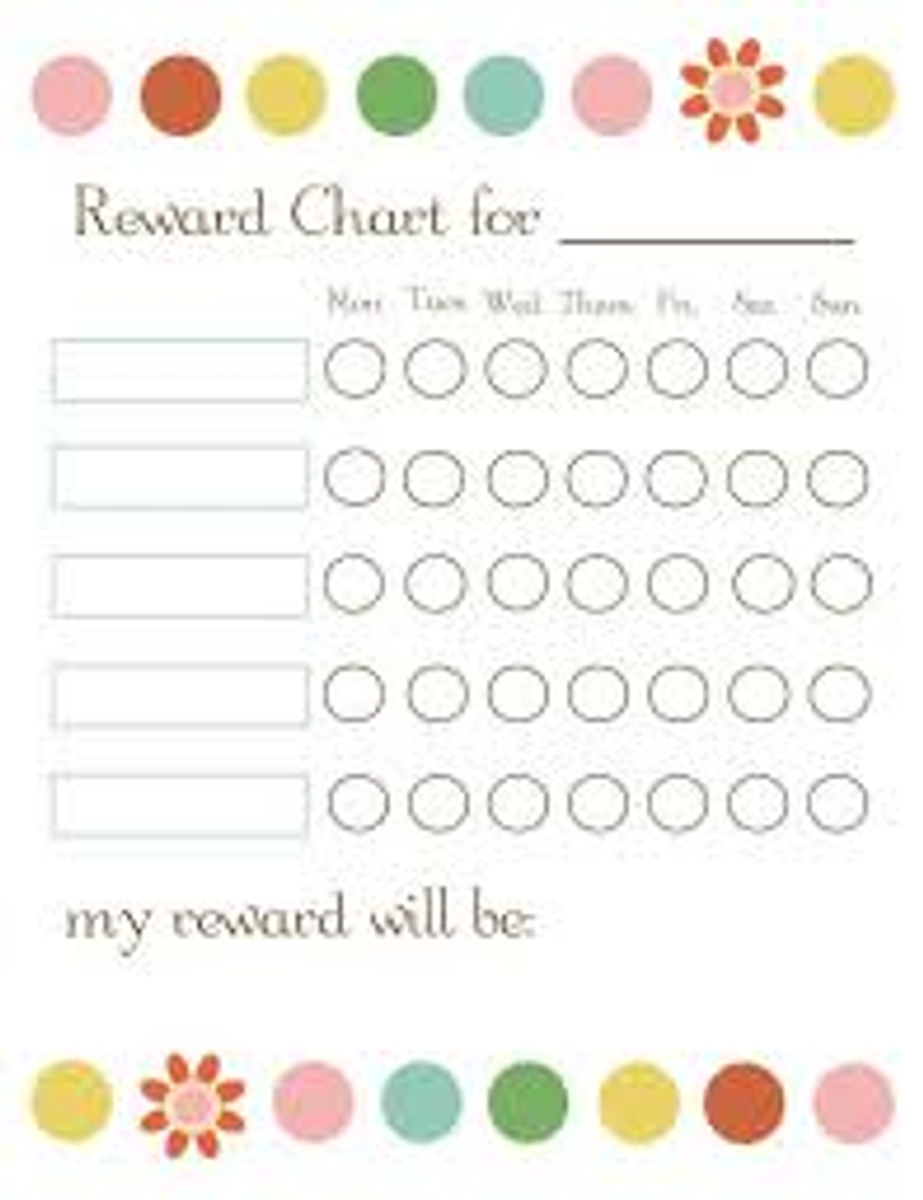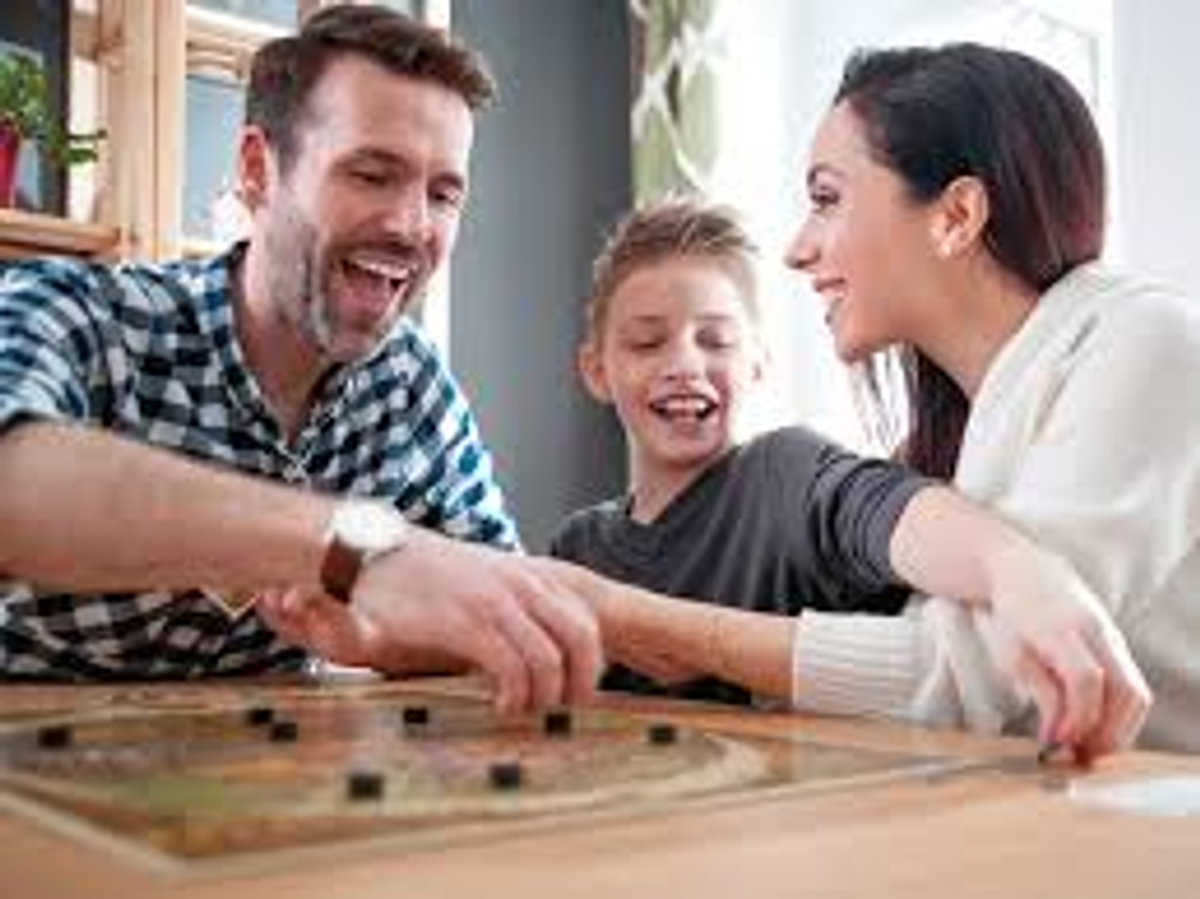Diverse Learning

Parent Reading
This article is a good read for all parents and contains many helpful tips for the parents of gifted children.
Key points -
- Your family is where your gifted and talented child feels loved and learns about getting along with others.
- It’s important to balance the needs of gifted children with their siblings’ needs.
- Family rules and routines give gifted children security and teach them life skills.
Professional Learning
Last week our Newman Facilitators (Mrs Gordon & Mrs Ford) attended a SCS valuable professional learning day. The keynote presenter was Dr Lannie Kanevsky. Her research focuses on the nature and nurture of the potentials of highly able learners, how we can better understand them, and optimise the development of their abilities. Her current research investigates the why, when and how high ability students want to learn in individual and collaborative group settings. At OLF we use Lannie’s Learning Preference Survey as one of our tools in the identification of our gifted students.
RAS AB Paterson Bush Poetry Award
Congratulations to our Stage 2 & 3 poets who have entered this competition. They were challenged to capture the beauty, mystique and characteristics of the Australian Bush.
Friends Alone in this bushland scrub, Before I could say, The yellow and black insect flew away. Pools of water filled my face I do not want to be in a lonely place. As my pollen made me sneeze, I looked up at the gum trees. They were dancing in the wind I sighed and then I remembered I had friends. I had my sister Lucy and my brother Tim. My mother Lily and my father Kim. It is my family who are my friends, I always feel happy when my story ends With a happy ending and many friends. Chiara, Year 3
| The Tree Dance The trees dance to the wind as the clouds disappear into the sky The breeze blows gently by The leaves crackle, crackle, crunch as I softly walk on them I see the small ducklings pass, I count them one to ten I close my eyes and hear the wonderful sounds I can see, hear, touch and smell all around I tiptoe over to an incredibly tall eucalypt tree While a grasshopper hops on over to me The trees sway, sway, sway As they invite you to play, day after day Aria, Year 3 |
The End of Nature Trees collapse, sadness emerges This was my place to be The trees no longer dance to the wind The leaves fall no more. I run away from the sight Not looking back. Tears flow from my eyes There is nothing left of my happiness Until I stop and finally look. I close my eyes, smell the earthy ground I taste it too and my smile grows back on my face. I love nature. Chloe, Year 4
The Fall The blossoms fall to the ground, Crickets chirping progressively, my heart pounding continuously, Trees are high above, flowers blooming from the bushes, Droplets of water sprinkling down, from the waterfall on my right, My head feeling dizzy, standing under the sun, A storm comes when it's dark, clouds thunder when it's gloomy, Possums run around at night, strolling across the power lines, The leaves flow around me, circling in the wind, Koalas hanging up in the trees, kangaroos jump around, With my love of nature, I feel free in the bush. Alette, Year 5
|
Bush Green, round this tree, Is brown with mystery. This tree has history. The sun lifted as the moon shifted. Birds fly so high as they go by, flowers, trees and bushes why so much beauty? Why so much colour? Why so much dirt? People should have an alert. Kangaroos, wallabies, shall be free living their destiny. Grace, Year 5
Things change A rushing stream of crystal-clear water once ran past me Plastic bags and bottles now swim there The feeling of freedom used to run through me Now all I feel is disappointment and despair I used to inhale breaths full of fresh air Now the stale poisonous air burns my throat I loved it when you could hear the green leaves whoosh through the wind Now the leaves are dead, lying on the floor Or when the canopy of tall narrow trees protected me from the sun The trees are charcoal black and burnt down The koala bears looked just like teddy bears Most of them were taken away by vets I would love to watch the colourful birds soar I don’t see many majestic creatures anymore The monsters in the world are us all For we are the ones that made the bushland fall If only we could go back and change humanity's ways Until we change, the dead bush lays Emma, Year 6 |
Mrs Jo Ford | Instructional Specialist
Using a Reward System To Support Behaviour Change
Before you start a reward system you will need to agree on the following:
1. What to Reward - Be Specific
As an example, we will use last newsletter’s information about helping your child to look at a person when they are speaking.
Tell your child that they will be rewarded for looking at you when you ( or they) are talking. You will need to explain clearly what “looking at you” means- that is, it means looking at your eyes, not your shoulders, chin or feet it also means looking at you for the whole time that you are talking, one quick glance is not enough!
2. Think of a Suitable Reward
For the reward system to be successful, you will need to have a reward that your child will want. For this reason, it may be useful to ask your child what they would like (within reason) or give them a choice of rewards. When you are choosing a reward make sure that it:
- Isn't too expensive (for your sake)
- Doesn't take too long to earn ( or your child will lose interest)
- Is motivating for your child ( that is, something your child will want to earn)
Examples of Rewards:
Small:
- ice cream
- watching a TV show
- staying up an extra 20 minutes
- choosing what to have for dinner
- extra iPad time on the weekend
- a game with Mum or Dad
Medium:
- lunch at McDonald's/cafe
- purchase a book
- purchasing a small toy e.g Matchbox car
3. Earning the Reward
Your child must earn points to receive the reward. This can be monitored in lots of different ways.
NB: Try to find the balance between having to earn too many ticks or tokens (your child may give up because it takes too long to earn the reward) and not needing to earn enough ticks or tokens, (so your child gets a reward quickly, without really trying).
- A Star/ Tick Chart - This can go on the fridge so it is a visible reminder. FREE examples can be found online such as Twinkl or through a google search.
- Tokens - Every time your child looks at you (or they) are talking, you give them a token. This token may be a button, Paddle pop sticks, Lego pieces etc. When your child has collected the agreed number of tokens, they receive their reward (e.g. after 10 tokens they get to stay up 10 minutes later on).
- Puzzles - Decide on a reward ( such as a board game with the family). Draw (or find) a picture that represents that reward ( such as a photo of the box or a picture of a family playing a board game) and cut it up into the number of pieces that your child will have to earn to receive their reward (e.g. 10 puzzle pieces= making eye contact appropriately 10 times). Give your child a piece of the puzzle for each time they do the chosen behaviour (e.g. they make eye contact appropriately). When your child gets all the pieces then they receive the reward.
4. Making it Harder
As your child gets better at doing the chosen behaviour with you or at home, start including other people, situations or environments. This will increase the level of difficulty of what they have to do to earn the reward. In the case of making eye contact, other important people for your child to make eye contact with may include siblings/ the other parent/ grandparents/ neighbours/ friends. Choose some of these extra people and put them on your chart. Tell your child that they must now make eye contact with these people when they are talking to get a tick or token and therefore earn the reward.
5. Including Others in The Program
One of the best people to get involved with the program is your child's classroom teacher ( unless you are working on a purely home issue). Ask the teacher to pay special attention to how well your child is doing the chosen behaviour (e.g makes eye contact in the classroom). If your child is being reminded to do the chosen behaviour at home and at school then they are likely to make faster progress.
Don’t Forget!
Your child has already made a habit of not doing whatever the chosen behaviour is (eg NOT making eye contact) and habits can take a long time to break. Have patience with your child and be encouraging. Let your child know that you understand that it is sometimes difficult for them.
Ms Janelle Schembri | Diverse Learning Coordinator




